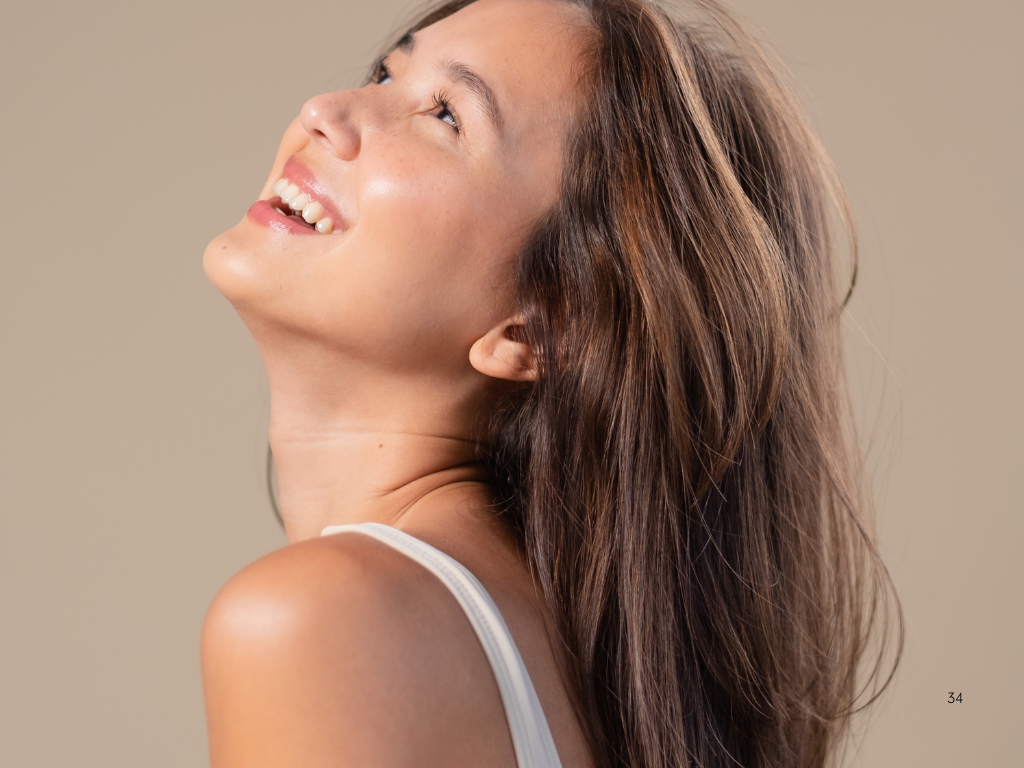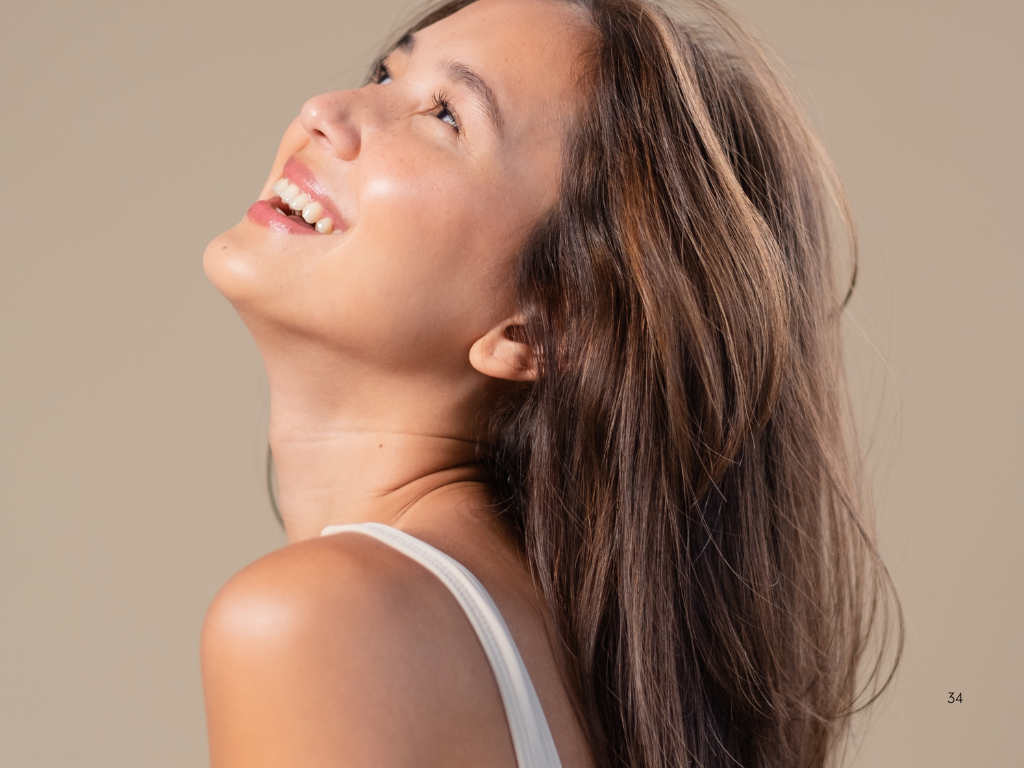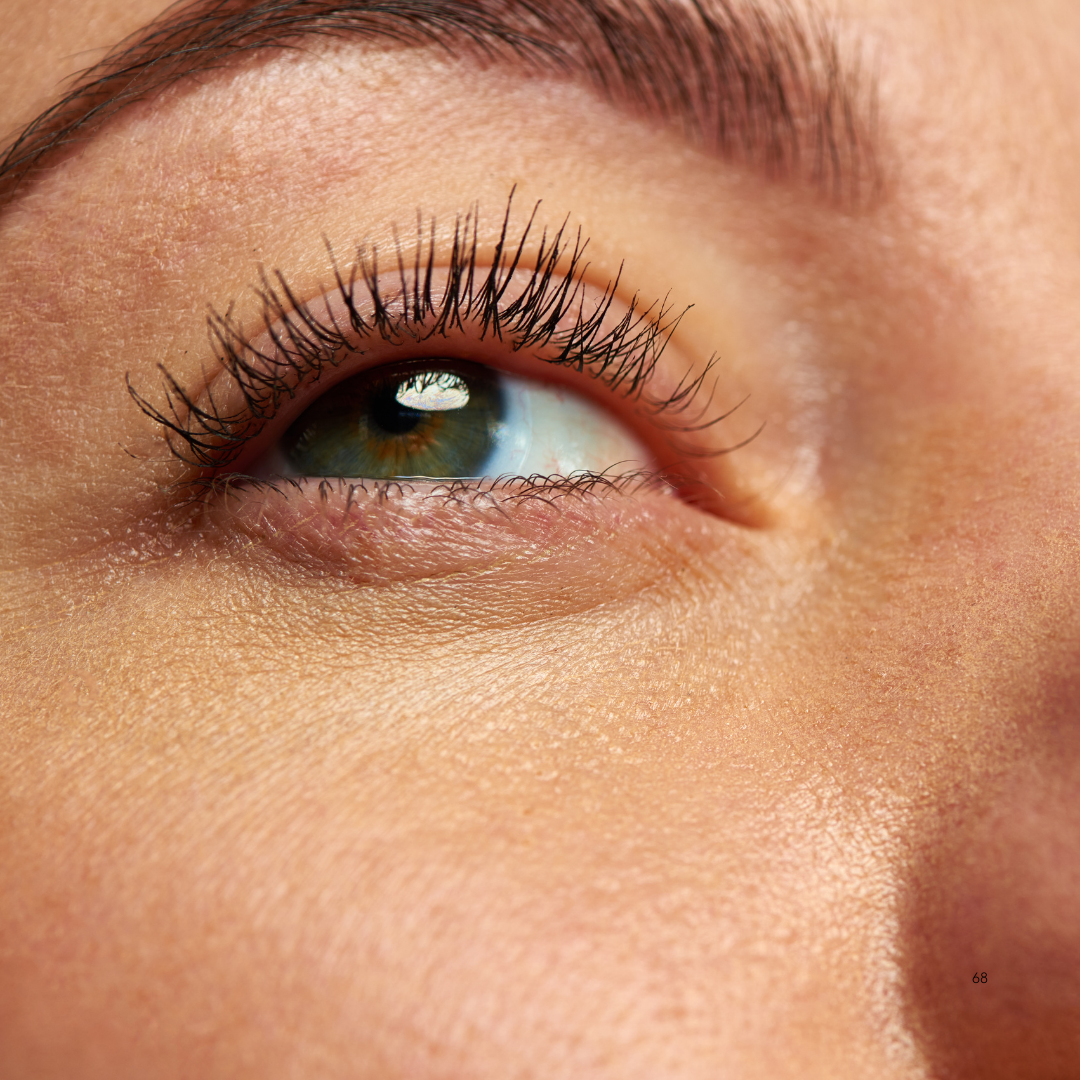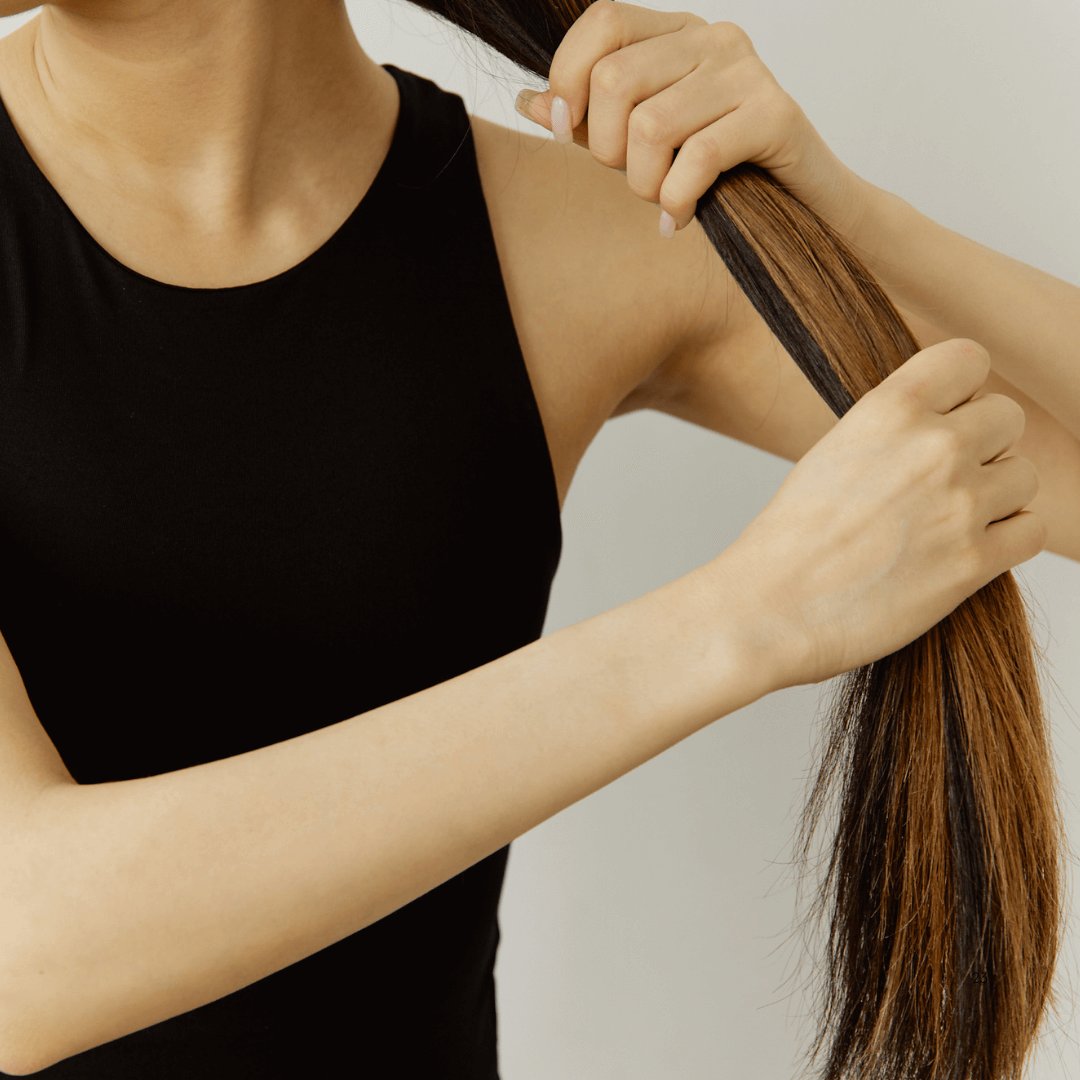I recently did a deep dive in to evidence based hair care to get to the bottom of some common hair care myths. Do you really need to shampoo twice? How many times a week should you wash your hair? Do you need to switch shampoos every so often? Does your hair get “lazy” and stop making hydrating oils if you wash it too much?! Is heat styling really that bad? Is air drying your hair the healthiest way to dry it? Can you reverse grey hair? Does hard water make hair more fragile and prone to breakage? And what the heck is bubble hair! Let’s dive in!
How often should you wash your hair?
There’s no strict rule on how often we should wash our hair; we know what works best for our hair type and lifestyle. However, it is a myth that washing hair too frequently or daily is bad for it. In fact, more frequent washing can be beneficial for scalp health. It prevents build up of oil and a type of yeast called Malassezia, both of which can cause a dry, itchy, irritated scalp and slow healthy hair growth. In fact, one recent study (1) found that washing hair up to 5-6 times a week resulted in healthiest hair outcomes. As I said, there’s no strict rule and it’s about doing what feels best for you in your routine; however, reading this study has motivated me to wash my hair more frequently to support optimum scalp and hair health. I aim for 4 times a week.
I use Ketoconazole shampoo (Nizoral) at each wash; it prevents build up of Malassezia and also reduces DHT, a hormone that contributes to hair loss. Sometimes I follow up with a hydrating shampoo and then conditioner. I don’t always shampoo twice. The aim of shampooing is to cleanse the scalp of oil and debris; if I feel I’ve achieved a thorough cleanse with one shampoo, I don’t repeat. I’m more likely to skip the second shampoo on the days I’m rushing and need to run! And, no, you don’t need to change shampoo brands every so often. However, our hair will change in texture and strength from time to time eg. it may be damaged or broken due to colouring and styling, in summer it may be drier due to UV exposure, it may become more coarse as we age and develop greys; our shampoo requirements may change with these changing needs. Sometimes we need a hydrating or volumising shampoo, sometimes we need a colour protecting or clarifying one. But if your hair needs remain consistent then so too can your shampoo.
Hard Water
People who live in hard water areas may notice a build up on their hair. It can feel heavy and limp. Although the research says that hard water doesn’t impact hair growth or make it more fragile, it can certainly make hair appear dull. Having a water filtration system fitted to the water mains is the gold standard to tackle hard water but this is complex and costly so isn’t always an option. Some tips for reducing impact of hard water on hair include using sulphate free, hard water or clarifying shampoos and using a shower head filter.
What’s the healthiest way to dry your hair?
Ok so now that we know the healthiest methods for hair washing, how do we dry it in the healthiest way to avoid damage? It’s a myth that leaving the hair to dry naturally is the healthiest method (2). Hair is weak and fragile when wet so the longer you leave it wet for the more prone to damage and breakage it will be. The healthiest way to dry your hair is:
- Use a microfibre hair towel to absorb excess water from the hair. This limits the amount of time you expose your hair to the hair dryer
- Use a heat protector spray
- Set the hair dryer on the lowest temperature setting
- Keep it about 15cm away from your head
- Keep it in continuous motion so one section of hair isn’t exposed to sustained blow drying for longer times
Bubble Hair?
This brings me to Bubble Hair. It’s a medically recognised condition that results in dry, brittle, damaged, difficult to manage hair, and even sometimes causes discolouration (3). It occurs when wet hair is exposed to heat from styling tools like dryers and straighteners. When the water in the hair shaft heats up, it causes hydrolysis of the keratin, expansion of the hair shaft and bubble formation. How to avoid or correct Bubble Hair? Don’t use styling tools on wet hair and stick to the the tips above for safe and healthy drying.
Can you reverse grey hair?
Grey hair is mostly genetic i.e. we’ll start to see greys around the same time our parents did. However, some lifestyle factors do come in to play a role as well. Stress, whether psychological or physical stress, can indeed cause greying of the hair. Medical conditions can cause it too eg. thyroid disease. Nutritional deficiencies like folate, Vitamin B12, Vitamin D, Zinc and Iron deficiency can also result in premature greying of the hair. So whilst most cases of premature greying of the hair are genetic, and thus irreversible, it may be possible to reverse grey hair in cases in which there’s an underling, reversible cause, such as those listed above eg. reducing stress, quitting smoking, reducing alcohol, treating thyroid disease and addressing nutritional deficiencies.
Some other hair care tips I love:
I mentioned using a silk hair bonnet or turban at night in my hair loss blog. Using a silk turban instead of tying it up at night can help to protect your hair from traction alopecia (when hair is pulled out if the scalp due to traction from hair tying and tight hair styles). Silk also reduces friction and water loss from the hair when compared to cotton pillow cases. So I use a silk hair bonnet to protect my hair and a silk pillow case to protect my skin. I love silk scrunchies for tying my hair back gently during the day too.
I hope you enjoyed this collection of hair care insights!
- Punyani S, Tosti A, Hordinsky M, Yeomans D, Schwartz J. The Impact of Shampoo Wash Frequency on Scalp and Hair Conditions. Skin Appendage Disord. 2021 Apr;7(3):183-193. doi: 10.1159/000512786. Epub 2021 Feb 15. PMID: 34055906; PMCID: PMC8138261.
- Lee Y, Kim YD, Hyun HJ, Pi LQ, Jin X, Lee WS. Hair shaft damage from heat and drying time of hair dryer. Ann Dermatol. 2011 Nov;23(4):455-62. doi: 10.5021/ad.2011.23.4.455. Epub 2011 Nov 3. PMID: 22148012; PMCID: PMC3229938.
- Li YM, Diaz-Perez JA, Obayomi A, Galimberti F, Romanelli P, Tosti A. A review of bubble hair deformity. Int J Dermatol. 2023 Mar;62(3):428-431. doi: 10.1111/ijd.16200. Epub 2022 Apr 29. PMID: 35486091.





